

AI Innovation Focus: Language Models & AI
3 Min Read
AI Innovation Focus: Language Models & AI
From lightning‑fast streaming pipelines to motorsport fantasy leagues and next‑gen computer vision, this week’s spotlight shows how AI is reshaping every link of the sports value chain—content creation, fan gaming and on‑field performance.
1. Alison AI – Creative Intel for Sports Video
What it does
- Scans every creative of a club’s ad or highlight, generating a snapshot of their potential performance and suggesting peak edits.
- Predicts which edits, thumbnails and hooks will maximize watch‑time and conversions on Social media platforms such as TikTok, Facebook, Instagram, YouTube and PPC Platforms.
- Auto‑generates cut‑downs and A/B variations in seconds.
- Performance dashboard shows ROI lift by audience cohort and platform.
- API pipes winning creative elements back into editors like Adobe and Canva.
Why it matters
Sports marketers spend millions on social spots that flop in the scroll. Alison AI cuts the guesswork, lifting completed‑view rates by double digits for early adopters. Data‑backed creative wins bigger sponsor bonuses, while comms teams recycle evergreen archives into fresh, hyper‑targeted clips. In short: less edit bay, more eyeballs.
Get Going with Alison AI Now

2. Mobii – Ultra‑Low‑Latency Streaming & Data Sync
What it does
- Microblock™ Stream tech slices live video into packets <100 ms for near‑instant delivery.
- Time‑locks player‑tracking, betting odds and stats to the exact frame.
- Supports multi‑camera fan selects and 4K replay on mobile.
- Cloud SDK embeds streams inside team apps or sportsbook widgets.
- Edge nodes minimise bandwidth in venues and remote regions.
Why it matters
When your stream is eight seconds behind, in‑play betting and social chatter are gone. Mobii’s sub‑second latency keeps odds, commentary and fan polls perfectly in sync, unlocking new micro‑wager revenue. Broadcasters slash CDN costs thanks to Microblock’s efficient packaging, and viewers stay glued because spoilers vanish.
3. Gemini Sports Analytics – Roster Intelligence Co‑Pilot
What it does
- Ingests match events, GPS, contracts and medical data into a central lake.
- AI surfaces squad gaps, undervalued transfer targets and optimal line‑ups.
- “What‑if” simulator tests scenarios such as: injuries, suspensions, schedule congestion—before they hit.
- The Mobile app lets coaches approve recommendations on the bus.
- Collaboration tools keep scouts, data scientists and execs in the same loop.
Why it matters
Player spend is a club’s biggest P&L swing. Gemini cuts the time from dataset to decision, meaning fewer panic buys and smarter wage bills. NFL and MLS pilots report up to 7 % roster cost savings and faster board sign‑off on transfers. Data scientists win back bandwidth for bespoke models rather than endless report building.

4. GridRival – Fantasy & Betting for Racing Die‑Hards
What it does
- Combines season‑long fantasy leagues with daily real‑money “Picks” contests.
- Covers F1, NASCAR, IndyCar, MotoGP plus regional series.
- Live telemetry drives dynamic scoring and in‑race prop bets.
- The Social layer lets fans trash‑talk in private leagues.
- Affiliate engine routes players to partner sportsbooks in regulated markets.
Why it matters
Motorsport fans crave data and rivalries; GridRival packages both into sticky, monetisable gameplay. Leagues get a turnkey engagement tool without building tech in‑house, and operators tap a highly targeted lead funnel. Racing viewership lifts because every lap now has skin in the game.

5. GBarena – Esports Tournament OS
What it does
- Self‑serve portal for organisers to create, seed and run online or LAN brackets.
- Match data ingests automatically from game APIs (Valorant, CS2, FIFA, more).
- AI moderation flags toxicity and match‑fixing patterns.
- Sponsorship widgets add branded missions and prize pools in minutes.
- Analytics suite tracks player churn, watch‑time and regional growth.
Why it matters
Running grassroots esports has been messy spreadsheets; GBarena makes it SaaS. Publishers extend their competitive ecosystem and capture incremental in‑game spend. Brands access 250 k+ verified gamers and tournament VOD inventory without agency middlemen.
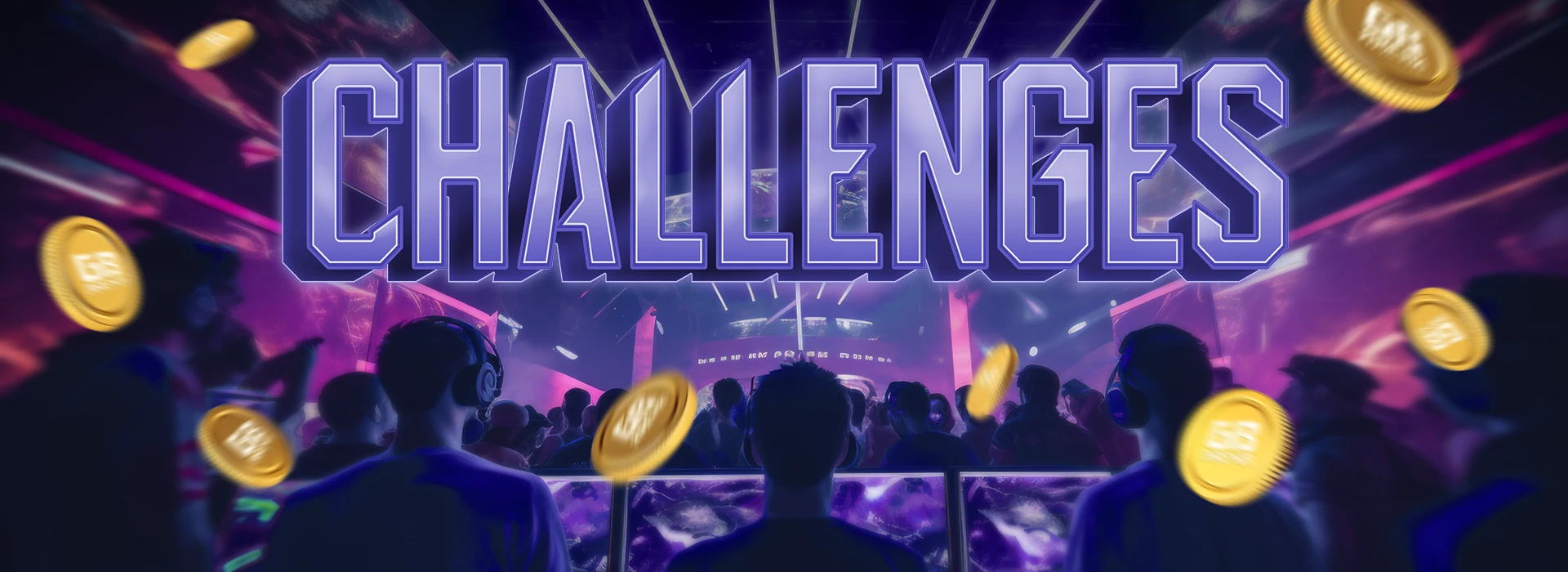
6. MaxU – Mental Performance for Youth Athletes
What it does
- The Mobile app delivers bite‑size mindset drills and visualisation exercises.
- Machine‑learning engine adapts difficulty based on mood check‑ins and engagement.
- Progress dashboards share highlights with parents and coaches.
- Gamified quests unlock real‑world rewards and scholarships.
- Content library co‑created with sports psychologists and Olympians.
Why it matters
90 % of teen athletes cite mental blocks as bigger than physical ones. MaxU turns sports psych into daily TikTok‑sized habits, boosting confidence and retention in youth programs. Clubs show duty‑of‑care cred, and brands align with wellbeing narratives parents love.
See How MaxU is Maximising Performance with AI
7. Mobius Labs – Superhuman Vision for Video Archives
What it does
- No‑code interface trains custom classifiers on any sport within minutes.
- Edge AI runs on laptops or drones, cutting cloud egress fees.
- Auto‑tags goals, saves, sponsor logos and crowd reactions in live or archival footage.
- Visual similarity search digs up “all left‑foot volleys” instantly.
- Exports XML or JSON markers straight into Avid, Adobe and OTT CMS.
Why it matters
Legacy footage is a gold mine, but only if you can find the nuggets. Mobius Labs slashes edit time by up to 70 %, while branded‑moment detection creates sellable highlight packs in near real time. Because models run on‑prem or on edge devices, rights‑holders keep full IP control.
Learn More about Mobius Labs Here.
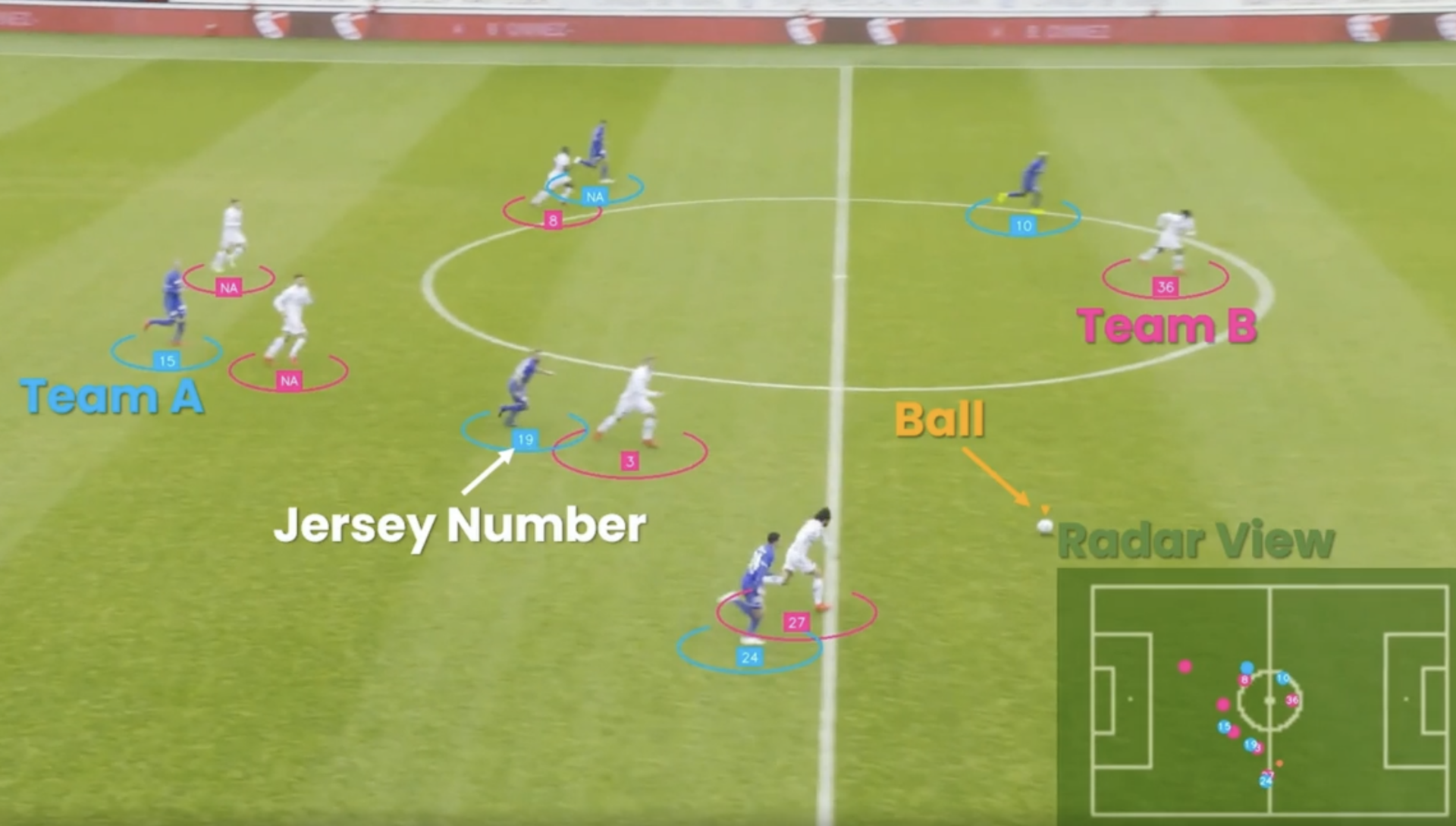
8. ML Athletics – Personalising Training Loads
What it does
- Monitors biomechanics evolution of each athlete during the season
- Flags anomalies connected to the risk of injury 3-5 weeks in advance
- Provides critical inputs to personalise training loads to maximize athlete’s performance and availability
Why it matters
76% of injuries in professional sport are non-contact, i.e. connected to excess of training. Monitoring biomechanics allows to accurately measure each athlete’s ability to bear the load and customise it accordingly. Driven by a predictive ML algorithm, that will maximize athlete’s performance while minimizing the risk of non-contact injuries. Two seasons in Serie A have validated MLA’s methodology and recent revenue generation is evidence of its value
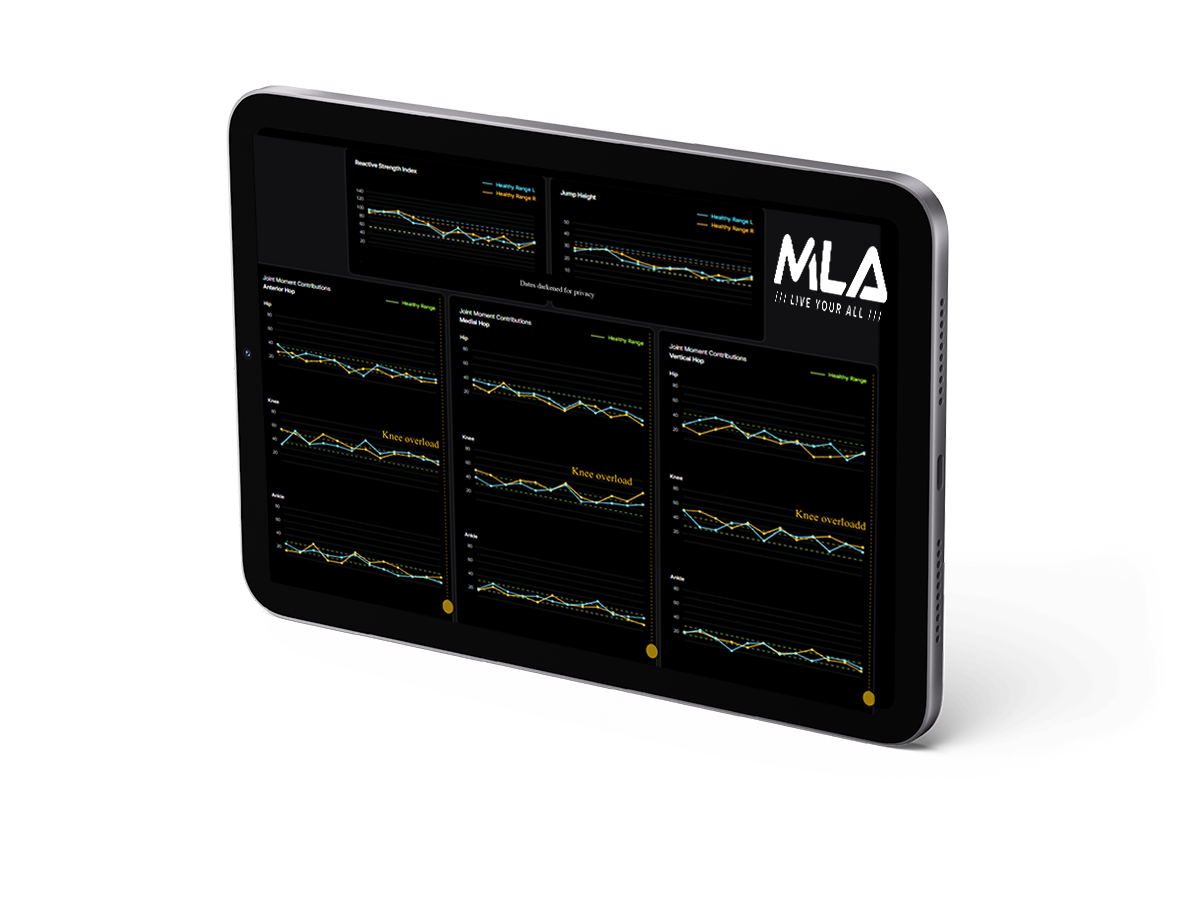
The Road Ahead
From sub‑second streaming to fantasy racing wallets and eval‑grade computer vision, these eight startups prove that media intelligence, fan gaming and performance data are converging fast. Early movers will widen revenue gaps—turning every pixel, click and heartbeat into measurable value.
Book a demo Want hands‑on access? Hit reply and the HYPE team will set up a private showcase suited to your objectives.

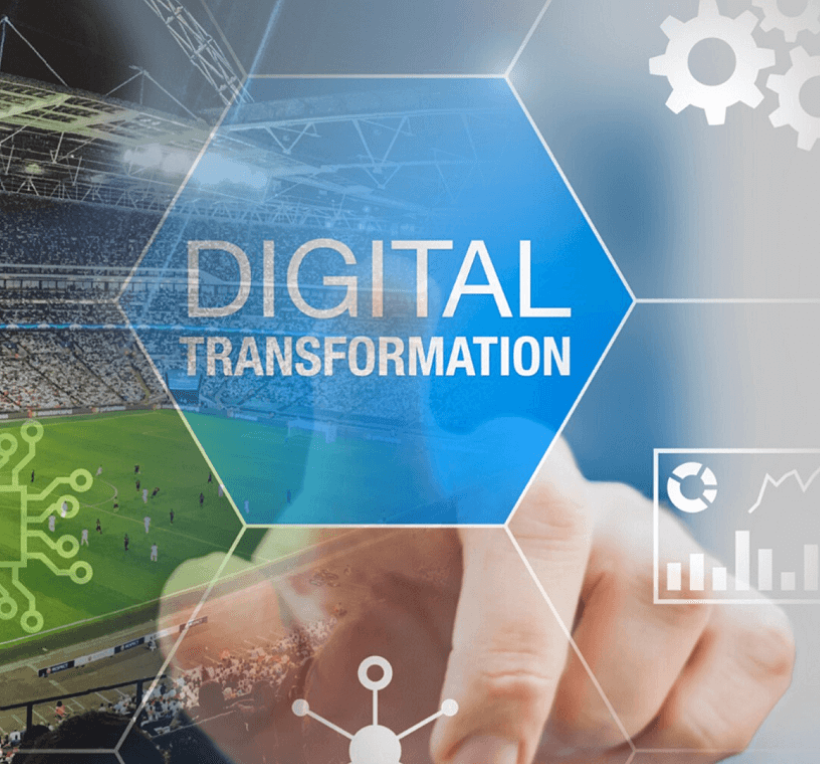
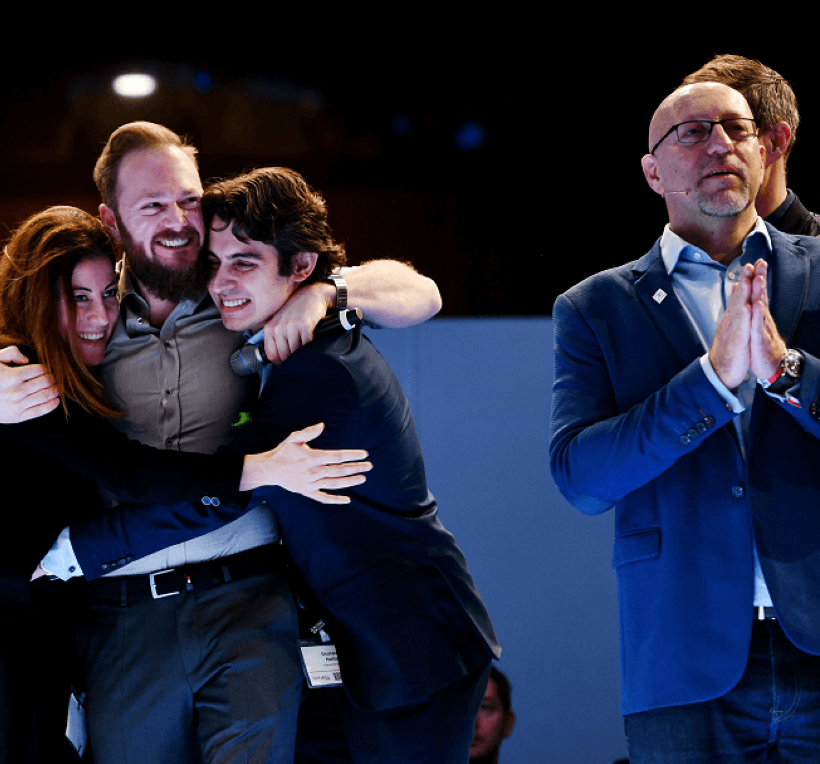
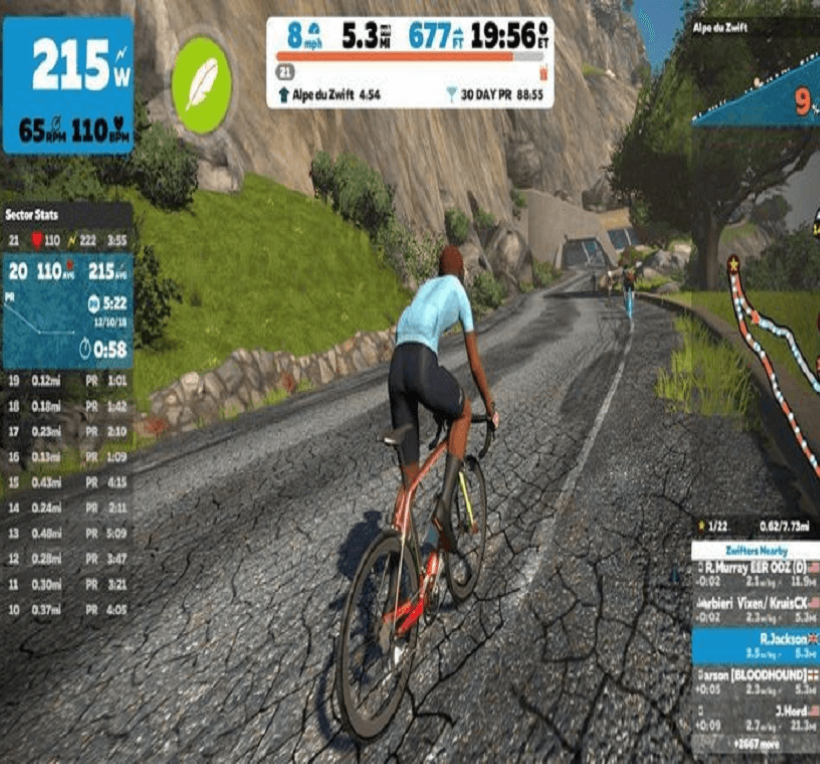
Comments